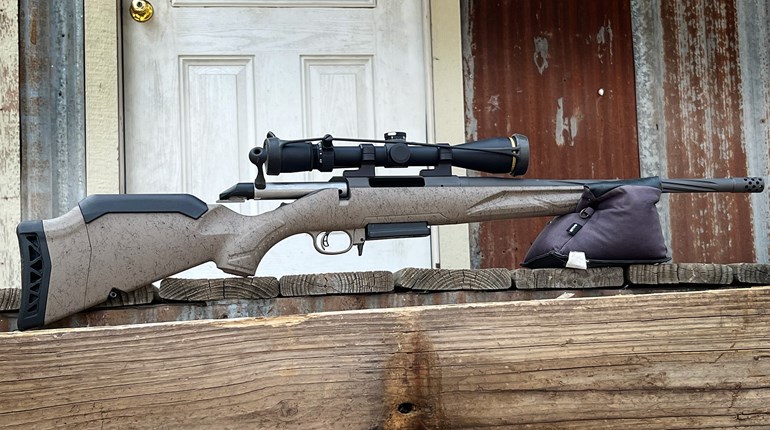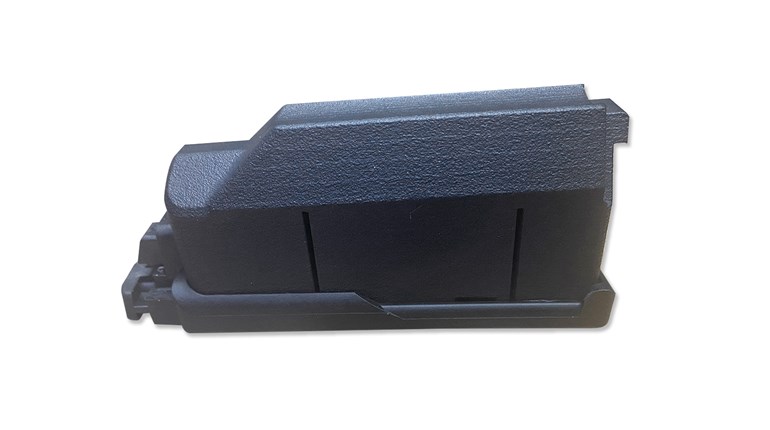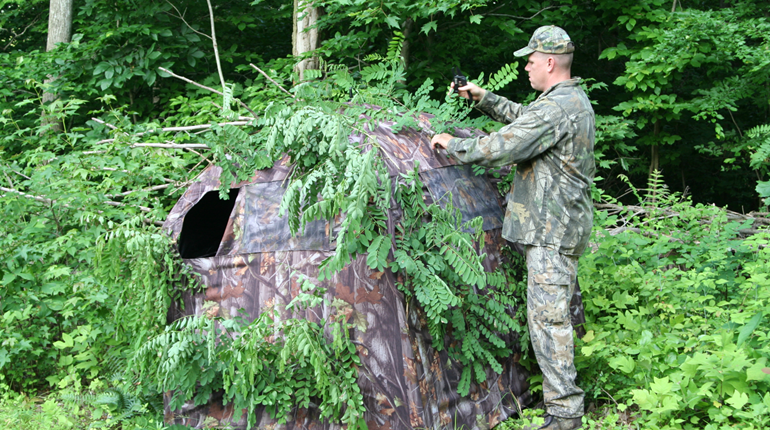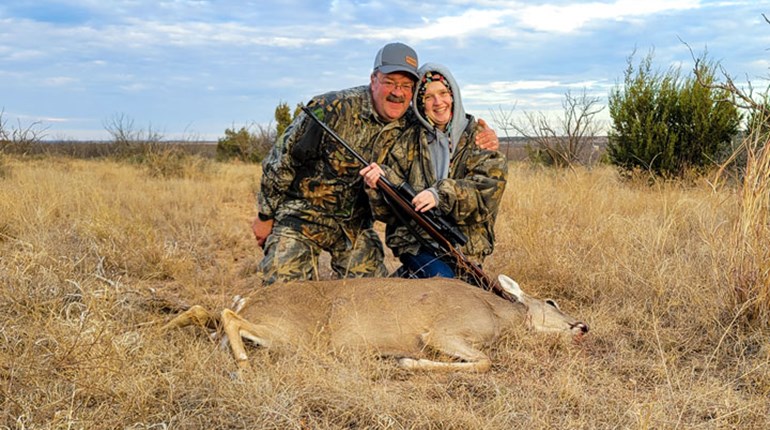
Using scent is common during the rut. Many of my buddies swear by various forms of doe-in-estrous scents and would probably be more comfortable on stand if they forgot their rangefinder than their favorite scent.
This is all well and good. But when it comes to using scents, I actually prefer to use them more during the pre-rut period. I know many of you have some amazing stories of mature bucks following an scent line during the rut right into your sights—me, too—but I also have had some really good luck during the pre-rut.
That’s just one way of saying we all have our own thoughts regarding the use of scents for deer hunting. Many of those thoughts are based on personal experience, but many folks hit the woods and use scent products without a game plan based on actual scientific fact. To help dispel some of the myths, I turned to Ron Bice of Wildlife Research Center, one of the country’s leading makers of attractants and cover scents and scent-elimination products.
“The first thing we need to understand is the various types or categories of the scents available,” Bice said. “Food or hunger-type scents are smells that appeal to deer’s sense of hunger. When choosing food scents, those that are native to the area you’re hunting would be the best choice. Then, we have the curiosity-type scents, which are smells that are not from a deer and not from something that a deer eats, but really seem to both appeal to deer and hold their interest.
“Territorial and challenge-type scents can be urine scents, musk scents or, more commonly, a scent from the animal you’re hunting,” Bice continued. “These give a deer the illusion that an unfamiliar deer has entered its territory. There are also different types of challenge scents. For example, non-estrous doe urine would be considered a non-challenging territorial scent, while urine from a non-dominant buck would be territorial with a slight challenge. Urine from a dominant buck would be territorial and would present a major challenging intrusion into the territory.
“Finally we have rut or sex-type scents, which are scents made up from urine collected from female deer during their heat or estrous cycle,” Bice said.
The most common question asked about scent use is simply, which scent do I use during a specific time of year?
“The early bow season is the best time to use curiosity or food-type scents,” Bice said. “As the season progresses and the leaves start to turn it’s time to add the use of territorial or challenge-type scents. Then, during the pre-rut and rut it is time to pull out all the stops and use the rut or sex-type scents. This occurs in late October through mid-November in the North, and a bit later in the South. Finally, when the majority of the breeding is over it’s time to reintroduce the use of territorial, challenge, curiosity and food type scents.”
OK, that’s the base information you need to get started hunting with scents. The next question is, how do I use them to lay down a scent line?
“First, remember that a deer’s nose is extremely sensitive,” Bice said. “Under normal circumstances, a little scent goes a long way. When laying down a scent trail you want to use enough to make sure they can smell it, but not so much the smell is overpowering enough to scare them.”
One of the old wives' tales of scent use is that by running a scent line from point A—the truck—to point B—your stand—the deer will be able to magically tell which direction the scent line is running by detecting the difference is the strength of the scent as it dissipates into the air. Not so according to Bice.
“The truth is when a deer encounters a man-made scent trail it’s anybody’s guess as to which direction he will follow it—back to the truck or to your treestand,” Bice said. “Obviously the latter would be the desired effect. What you want to do is take the guesswork out of it. If you follow a few simple methods it won’t matter which way they go. They will be headed to a treestand either way.
“There are a variety of methods that can be employed in laying out a scent trail,” Bice said. “One of my favorites is to start the scent trail at the stand location. I lay the trail walking in a big loop off to one side of the stand. I repeat the same loop off to the other side of the stand. It’s a figure-8 pattern with the stand in the middle. Another is the hunter to hunter setup. Two hunters walk to the same stand. Once there, one hunter heads to his or her stand, laying a scent trail all the way.
“With both methods, when a deer cuts the scent trail, no matter which direction he decides to follow it, he’ll be headed right to a hunter,” Bice said.
Here’s another little tip that can make a big difference.
“The best way to lay that trail is off to the side, not directly behind you,” Bice said. “That’s because no matter how meticulous your scent-elimination program may be, any time a deer directly crosses your line of march there is the chance it will smell you. For that reason Wildlife Research Center developed the Pro-Drag. Not only is the Pro-Drag highly absorbent, but it also comes complete with a length of heavy string, which we recommend you attach to a 5-foot stick. By holding it off to the side as you walk, when a deer encounters the trail he won’t encounter the human scent trail of where you walked. It’s just a little thing, but it helps you leave the most pristine scent trail possible.”
That last point about following a scent-elimination program is very important. Without taking care to eliminate your own human odor, you just might be defeating the entire purpose of using attractant or challenge-type scents. Nothing will put a deer—especially a mature buck—on red alert faster than getting whiff of you. If that human smell is mixed in with your deer scents, that same buck is not only going to become extremely cautious, it may also educate him enough that the next time he smells your commercial scent product some little alarm bell might go off in the back of his mind that will send him heading the other direction. And that is definitely not what we want to happen.





































